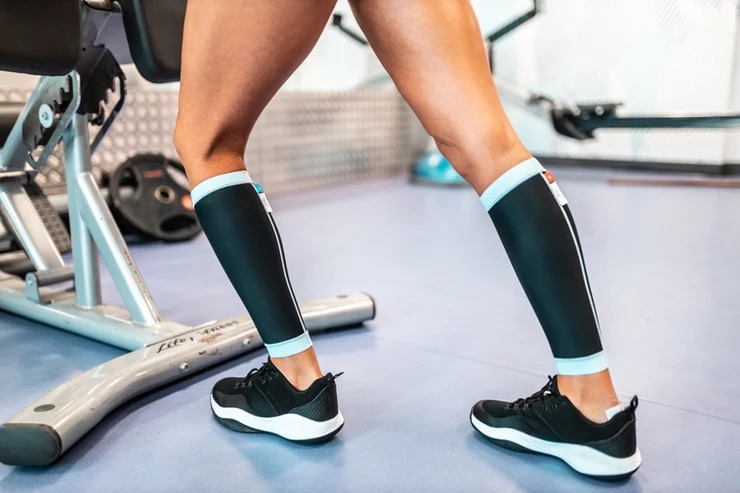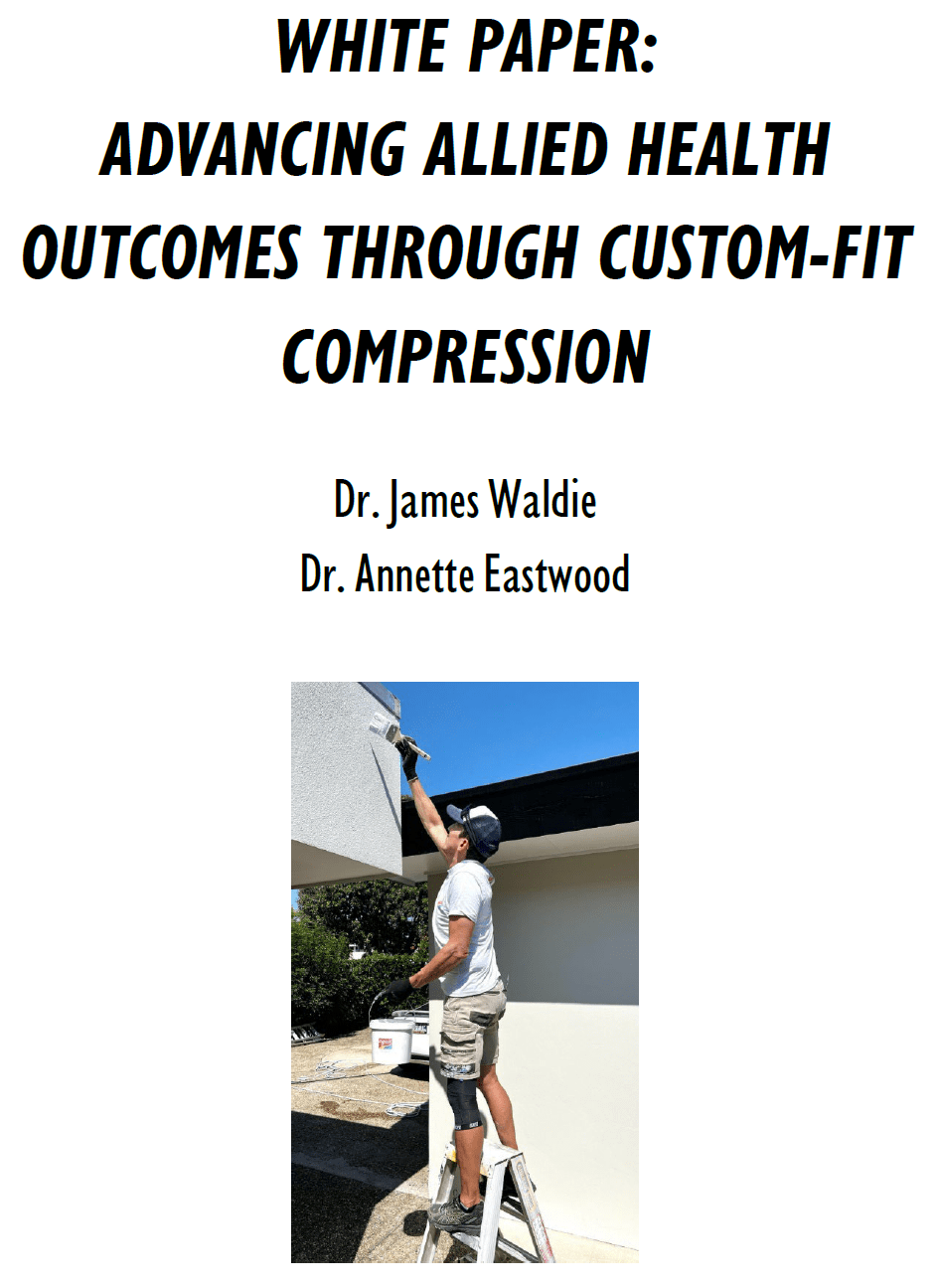Body weight is directly associated with bone mineral density. A low body mass index (BMI) has been identified as an important risk factor for lower BMD and predicts greater bone loss in older age. On the other hand, a high body weight can be due to increased physical activity or obesity, and both will increase BMD. The deleterious health impacts associated with obesity, however, profoundly overwhelms any positive in gaining weight for BMD benefit.
What happens at the extreme when all bodyweight is removed, like in space? We have seen that astronauts suffer up to 2% BMD loss in microgravity. Dr Waldie was always interested in addressing astronaut bone loss from first principles – by restoring the normal bodyweight loading on Earth. Static loading is the weight of the body upon itself. The shoulders, for instance, support the weight of the head, neck, and arms which hang off the shoulders. As you move down the body, more body weight is applied. The hips, for instance support the whole upper body; the feet support the whole body. Reproducing this gradually increasing regime in the inferior direction is essential in order to restore normal loading and to be comfortable – if the loading is lower than normal, it might be ineffective in stimulating normal bone remodelling; if the load is too high, it may be too uncomfortable to wear.
While there is doubt as to which countermeasure is the most effective for long duration spaceflight, a combination of methods will probably be used. That’s because skeletal loading is both static (bodyweight) and dynamic (higher but shorter impact loads from exercise). Current development programs into countermeasures include the use of exercise, resistance loading, bone vibration regimes, large rotating spacecraft and nutritional and pharmacological treatments, such as bisphophonate drugs (which are used to treat osteoporosis) and the hormone insulinotropic peptide.
Each of these regimes, of course, have advantages and disadvantages. Rotating spacecraft, for instance, present serious design, financial and operational challenges. Some head movements in any plane not parallel to the axis of rotation can also result in Coriolis forces, causing vestibular confusion and subsequent nausea and vomiting. Standard deconditioning exercise routines reduce time available for mission tasks, but also require machines taking mass, volume and power while increasing noise and vibration in the spacecraft. Vibration techniques for high frequency impact loading require an application force which is very easy to apply on Earth (by simply standing on the vibrating platform), but is difficult to apply in microgravity. Lastly, there are reservations about the prescription of osteoporosis treatments and other supplements to premenopausal female astronauts.
The Russian space program developed a loading suit called the Pingvin (Penguin) suit which used bungee chords to apply longitudinal compressive force in two stages – an upper stage over the torso, and a lower high loading stage over the legs. A tight leather belt stopped the tighter leg band pulling down the softer torso bands. The Gravity Loading Countermeasure Skinsuit (GLCS) was designed to improve the comfort and the loading characteristics of the penguin suit by dramatically increasing the number of stages. If the number of stages is increased, then the loading could be stepped up in smaller but more frequent steps to better simulate the gradual loading of gravity. From the shoulders to the feet. More stages = more comfort and better protection from skeletal atrophy.


